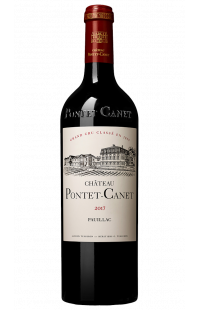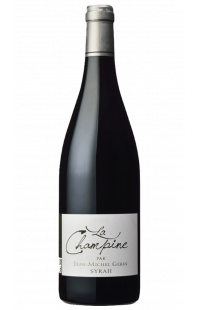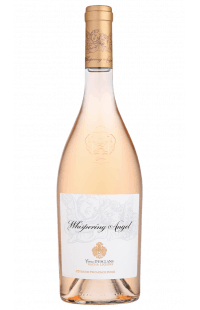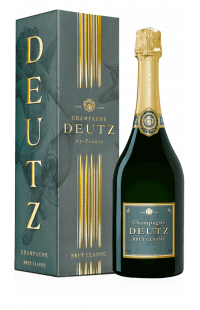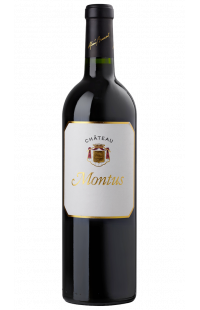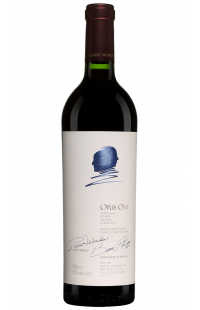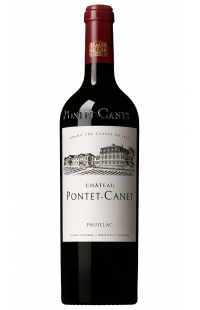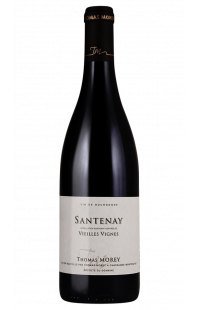Santenay Wines
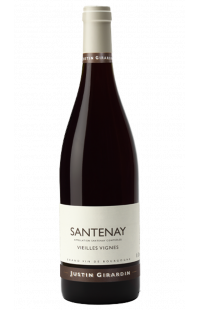
Available in
- Bottle (75cl)
- 32.75€ / bottleTASTING NOTES
Specifications
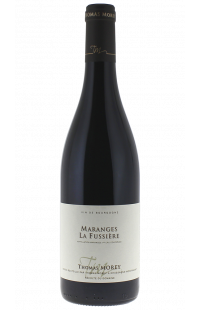
Domaine Thomas Morey : Santenay Vieilles Vignes 2022 rouge
Burgundy - Maranges - 1er Cru - Red Wine -Available in
- Bottle (75cl)
- 33.00€ / bottleTASTING NOTES
Specifications
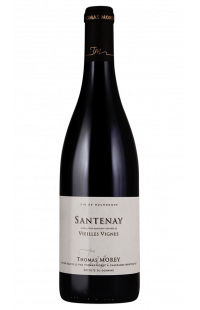
Available in
- Bottle (75cl)
- 36.50€ / bottleTASTING NOTES
Specifications
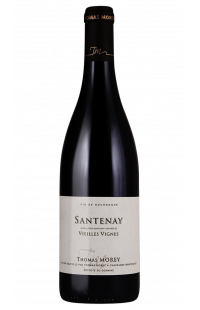
Available in
- Bottle (75cl)
- 36.50€ / bottleTASTING NOTES
Specifications
